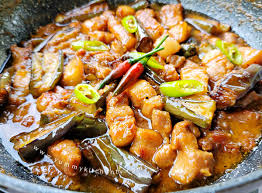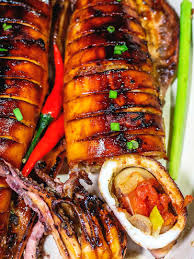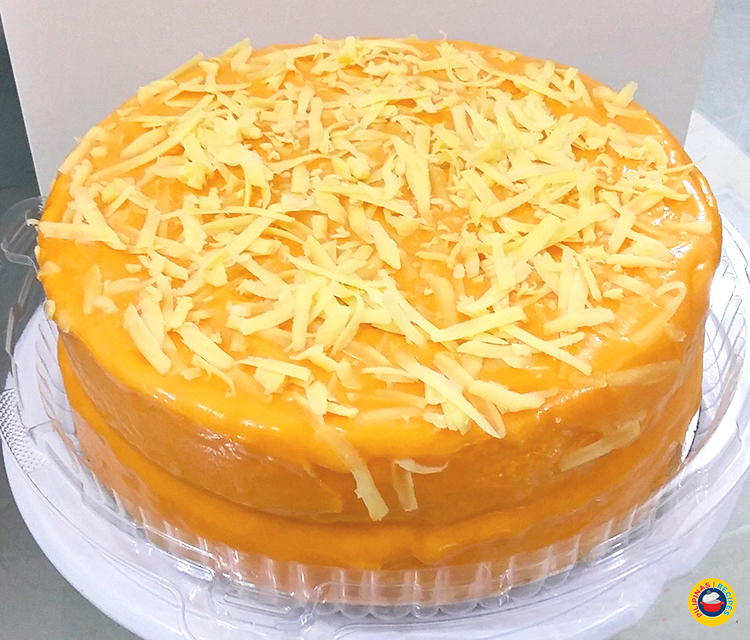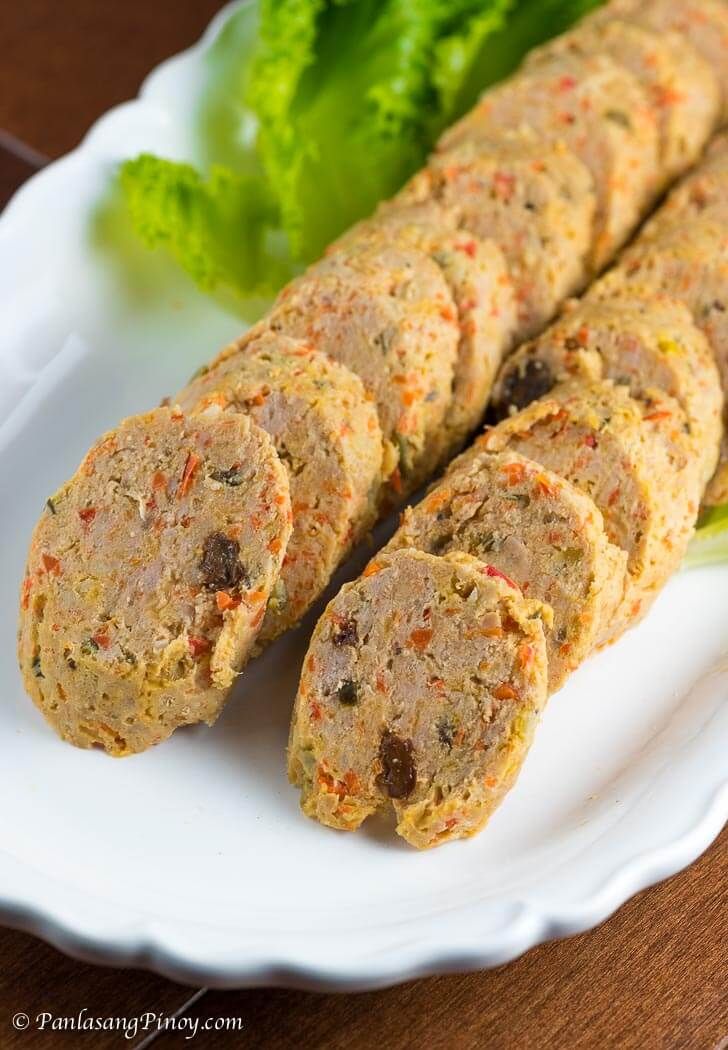About Us
W elcome to Kuzina, where we proudly showcase the diverse flavors of the Philippines straight from our kitchen to your table. Situated at the heart of Filipino culinary tradition, Kuzina brings you an authentic taste of home-cooked meals from every corner of our beautiful archipelago. Inspired by the bustling markets of Manila, the verdant landscapes of Luzon, the vibrant shores of Visayas, and the rich cultural tapestry of Mindanao, our menu is a celebration of regional specialties and timeless recipes passed down through generations. At Kuzina, we believe that every dish tells a story—a story of local ingredients meticulously sourced and lovingly prepared to capture the essence of Filipino cuisine. Whether you’re savoring the savory tang of our adobo, the comforting warmth of sinigang, or indulging in the decadence of our creamy leche flan, each bite invites you to experience the flavors that define our heritage. Our commitment to authenticity and quality is unwavering. We invite you to join us on a culinary journey that honors tradition while embracing the spirit of innovation. From our kitchen, where every dish is crafted with passion and respect for Filipino culinary heritage, to your dining experience, Kuzina promises an unforgettable taste of the Philippines. Come and discover the flavors of Kuzina—where tradition meets innovation, and every meal is a celebration of Filipino culture and community.
Featured Dishes
Embutido ala Jessa
$10.00Embutido is a Philippine meatloaf made with ground pork and stuffed with hard-boiled eggs and sliced ham or various sausages. It is traditionally wrapped in aluminum foil and steamed, though it can also be baked.
Authentic Ilocano Dinakdakan
$30.00Dinakdakan, also known as Warekwarek, is a Filipino dish consisting of various pork head parts, red onions, siling haba or siling labuyo chilis, ginger, black peppercorns, calamansi juice, and bay leaves.
Palabok ala Basalote
$30.00Pancit palabok is a traditional Filipino dish consisting of thin rice noodles doused in a creamy shrimp-infused sauce and complemented with various toppings such as hard-boiled eggs, pork cracklings, shrimps, pork, fish flakes, and scallions.
Yema Cake ni Sheenda
$50.00Yema cake is a Filipino chiffon cake with a custard filling known as yema. It is generally prepared identically to mamón, with the only difference being that it incorporates yema either as frosting, as filling, or as part of the cake batter.
Cansí ni Director
$30.00Cansí is a Filipino beef soup originating from Iloilo which is spread across the rest of the Western Visayas region. It is made with beef shank and bone marrow boiled until gelatinous. It is uniquely slightly soured with fruits like batuan or bilimbi.
Kare Kare ni Master Allan
$30.00Kare-kare is a Philippine stew that features a thick savory peanut sauce. It is generally made from a base of stewed oxtail, beef tripe, pork hocks, calves' feet, pig's feet or trotters, various cuts of pork, beef stew meat, and occasionally offal.
Comments and Feedbacks
Far far away, behind the word mountains, far from the countries Vokalia and Consonantia, there live the blind texts.
Lebron James
"Food Soo Good! Ill order more next time"
Lebron James
"Food Soo Good! Ill order more next time"
Lebron James
"Food Soo Good! Ill order more next time"
Online Order
Far far away, behind the word mountains, far from the countries Vokalia and Consonantia, there live the blind texts.
Contact Info
-
5555 Pagkaing Pinoy,
Auckland - (123) 465-6789
- [email protected]
- paagkaingpinoy.com










